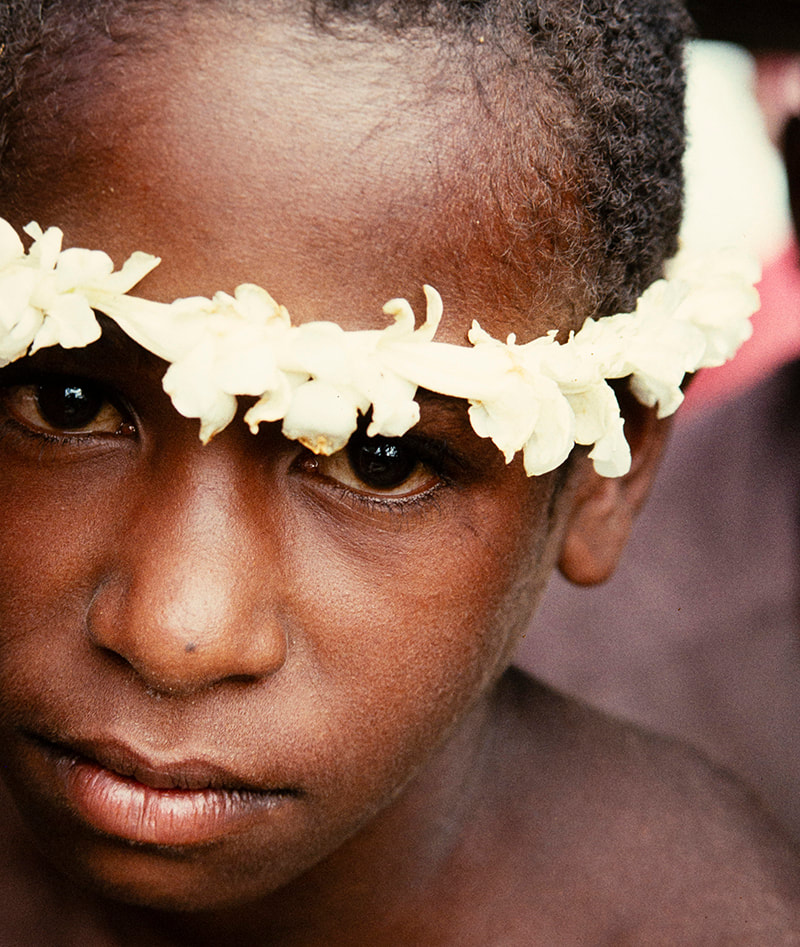|
Bruce Rawling’s interesting new paper reviews cross-cultural data on children’s ability to innovate, primarily their ability to make new tools to solve problems:
After a decade of tool innovation, what comes next? ‘Innovation’ has become something of a mantra, particularly amongst business elites and educators. We are surrounded by the results of innovation (novel technologies). It is regarded (rightly) as one of the distinguishing characteristics of our species: the ability to make new things, and to transmit those new things to others. So it is natural to seek the origins of that innovative tendency amongst children. The problem is that kids turn out to be hopeless at it. As Rawlings says in his Conclusions: Humans’ proclivity to make and use tools is one of our most distinguished skills, allowing us to survive and prosper in diverse and harsh environments. Particularly puzzling, then, is that tool innovation is such a difficult and late-developing skill. Some of the experimental work Rawlings describes is entertaining, eg: In one study, BaYaka forager and Bondongo fisher-farmer 4- to 12-year-olds in the Likouala region of the Republic of Congo were given pipe cleaners 2 weeks before the hook task. While task success rates were low, the children reshaped the pipe cleaners to make decorative ornaments such as necklaces and bracelets, indicating that they may not have understood the parameters of the task. The work that Rawling summarizes even suggests that crows and non-human primates can perform better on some problem-solving tasks. It is an odd thing to compare adult animals with human children, but nevertheless this work underlines an important point: human children are imitators par excellence, but are not so great at emulation or innovation. I suggest that we already know the answer to this puzzle, and it is to be found in associated fields, particularly ethnography, the evolution of technology, and cultural evolution generally. The first point is that human children face a monumental learning task, which has resulted in the evolution of a much longer childhood than that exhibited by other animals. They must acquire and reproduce a very large amount of cultural information and skills related to language, human society (kin and non-kin relationships), subsistence activities (hunting, agriculture, dwelling construction), tool and clothing manufacture and use, ritual observances (to name but a few). The second point is that innovation is detrimental to the learning process. If (for example) you are learning to use a bow and arrow (an essential tool in many pre-modern societies) you should attend to copying precisely the actions of your elders, who embody several thousand years of experience and innovation. You don’t deviate from their practice, and if (as a novice learner) you try to make changes, they will reprimand you. The ethnographic literature on these kinds of apprenticeship-like processes in cultural transmission is extensive (I recommend David Lancy’s “First you must master pain” as a starting point). Your job as a learner is to acquire all the knowledge you can from your elders, and to practice it until you are perfect, since your survival may depend on it. For younger children, practice takes the form of play, so (for example) young boys in Highland New Guinea play a game where they attempt to shoot an arrow through a rolling cane hoop. Children’s play is often ‘creative’ (a poorly defined term, admittedly), but it is not ‘innovative’. Most play is imitative, it consists of rehearsing skills that have been taught or are in the process of acquisition, such as play-acting adult roles. The BaYaka children used the pipe cleaners to imitate adult adornment (necklaces and bracelets). I am not exaggerating when I say: ‘your survival may depend on it’. Kirai hunters in New Guinea were taught to hunt wild boar with a bow and arrow. If they succeeded in hitting the animal they are taught to climb a tree as fast as possible, since the boar would not die immediately and would often attack the hunter. Similarly, if you are learning to drive a car, you will fail your test (for good reasons) if you add an innovative element. And would you like to be operated on by a novice surgeon who has this ‘weird new trick’ she’d like to try? The third point is that studies of where and how innovation happens show that it mostly occurs amongst older adults who have achieved complete mastery of a task or topic. I remember attending a talk by a 50+ year old engineer who was famous for designing a production line that made and folded diapers and packed them into boxes (an astonishing feat of 3-dimensional manipulation and imagination). His advice to young would-be engineers? Focus on three things … you guessed it … mastery, mastery and mastery. In addition, popular accounts of the development of new technologies tend to laud individuals (we love a good story), but academic studies of innovation tend to reveal incremental changes made by many individuals (and teams) over a lengthy period. To summarize, human children’s tendency not to innovate is critically important and is adaptive. We only begin to make useful innovations when we become adults, and for most people innovation never becomes a major part of our skill repertoire. All of this begs the question of whether the ‘innovation’ mantra, particularly prevalent in Western cultures is a useful one. I suggest it is not. Education is better focused on acquiring and using existing knowledge, since that is the foundation on which our evolved cultures are based, and it is what our offspring are uniquely suited (evolved) for.
1 Comment
|
Christopher Buckley
Researcher in cultural transmission and evolution and traditional weaving practices Archives
April 2023
Categories |

 RSS Feed
RSS Feed